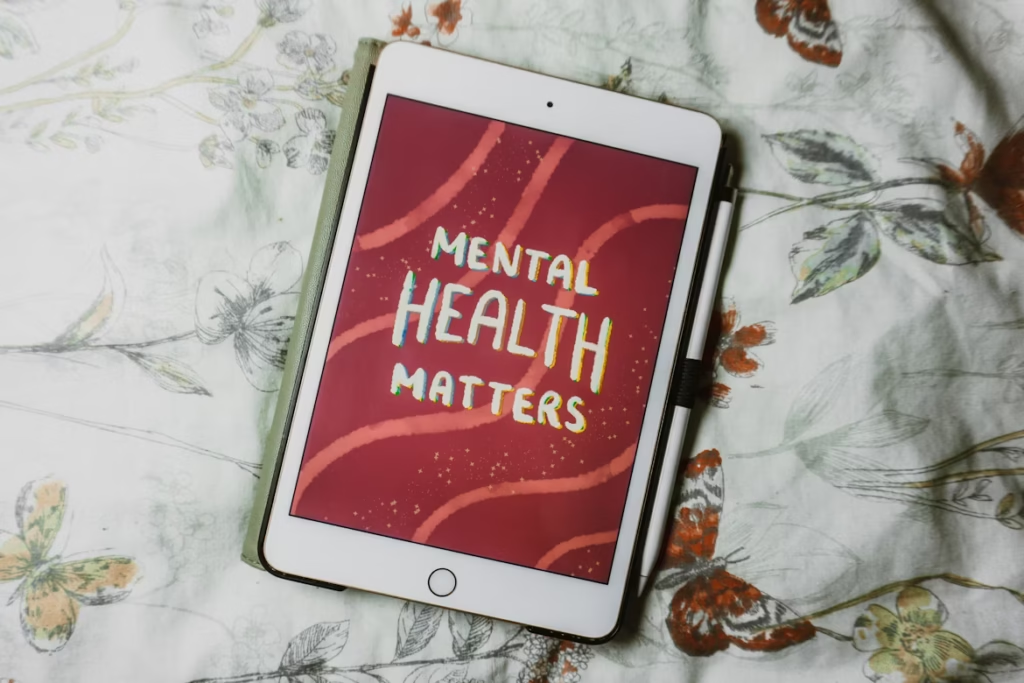Mental health care in the United States is undergoing a significant transformation in 2025, with teletherapy and digital health platforms becoming increasingly accessible to individuals seeking support. On January 5, 2025, new reports highlighted the dramatic growth of virtual therapy services, showing that over 60% of Americans now have access to some form of online mental health care, a sharp increase from just 40% in 2022. This surge is driven by growing awareness of mental health issues, greater acceptance of virtual care, and the expansion of telehealth infrastructure.
As mental health challenges such as anxiety, depression, and stress continue to rise, especially among younger generations, there has been a noticeable shift towards digital solutions. Teletherapy services, where patients can receive therapy through video calls, text messaging, or audio chats, have become a popular choice for those seeking support. These services are providing individuals with more convenient, private, and affordable options for addressing their mental health needs.
“Teletherapy has changed the game for so many people who might not have otherwise sought help,” said Dr. Emily Parker, a clinical psychologist who offers telehealth services. “The convenience, privacy, and affordability are key factors. People no longer have to wait weeks for an in-person appointment or feel that their mental health challenges are an inconvenience to others.”
In addition to traditional therapy, digital mental health apps have exploded in popularity, offering tools like mood tracking, stress reduction exercises, and cognitive-behavioral therapy (CBT) exercises. These platforms allow users to engage in self-paced, personalized care, and many offer AI-driven features that help users identify patterns in their mood and behavior over time. Popular apps like Headspace, Calm, and BetterHelp are leading the charge, while newer platforms continue to enter the market with unique offerings for specific needs, including mindfulness, sleep improvement, and trauma recovery.
The integration of teletherapy and digital health tools has made it easier for individuals in underserved areas, particularly rural and low-income communities, to access care. The flexibility of online therapy, combined with the anonymity that digital platforms offer, has reduced barriers to treatment and increased engagement for many who would have otherwise felt intimidated by traditional in-person visits.
Government and private health organizations have also played a role in expanding access to mental health care. Medicaid and Medicare have recently increased coverage for virtual mental health services, and many insurance plans are now offering teletherapy as a covered benefit. With mental health issues affecting nearly 1 in 5 Americans, policy changes that improve access to digital mental health services have become a critical component of public health efforts.
However, the rapid expansion of digital mental health services has raised questions about privacy, data security, and the quality of care. Experts caution that while digital tools provide significant benefits, they should not be seen as a complete substitute for in-person care in more severe cases. The rise of virtual care also calls for stronger regulatory frameworks to ensure that telehealth providers maintain the same level of care and confidentiality as traditional therapists and counselors.
Despite these concerns, the trend toward digital mental health services is expected to continue growing in 2025 and beyond. As technology advances and societal attitudes toward mental health evolve, digital platforms will play an increasingly important role in ensuring that everyone has access to the care they need. For many, these platforms represent a more accessible, flexible, and scalable way to address mental health challenges in an era when mental well-being is taking center stage in conversations about overall health.
With a more inclusive approach to mental health care, 2025 marks a pivotal year in breaking down the stigma surrounding mental health and building a more accessible, comprehensive mental health care system for all.
